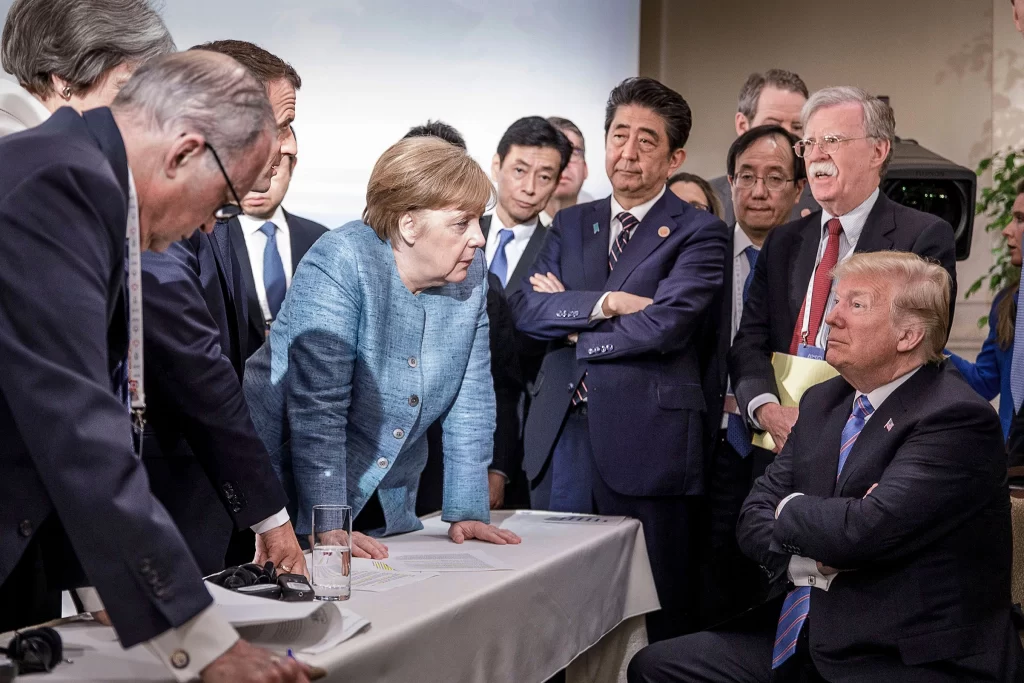Zone of Possible Agreement (ZOPA) in Negotiation Skills
Life is a series of negotiations. We negotiate the whole day, every day, from the time we wake up to the time we go to sleep. A negotiation is a tactical conversation between two or more parties that tries resolve an issue in that is acceptable to all parties. While negotiating, each party persuades the other to agree with his/ her point of view. By negotiating, all involved parties try to avoid arguing but agree to reach some form of co-operation.
Zone of possible agreement (ZOPA)
ZOPA is also called bargaining range is an important area to pay attention; it depends on some common grounds on which two or more negotiating parties try to resolve an issue. It is in this common area where parties often compromise or strike a deal. The timing in negotiation is very important. Success in personal and professional life depends on good negotiations. They contribute meaningfully to business success, as they help you build better relationships.
According to a famous news item in New York Times published about a meeting at White House on March 5, 2012 on Iran’s Nuclear Option, Israeli Prime Minister Benjamin Netanyahu expressed doubt that international pressure will succeed in convincing Iran’s leaders to halt the country’s nuclear program. Netanyahu reportedly told US President Barack Obama that the West should not reopen negotiations with Iran until it agrees to suspend its uranium enrichment activities. Obama is famous for his patience and is a fantastic negotiator, is said to have disagreed, saying this condition would doom talks from the start. He urged Netanyahu to give economic sanctions and diplomacy a chance to work before considering military action. Meanwhile, some Republicans expressed impatience with the notion that U.S. negotiations with Iran could be effective. Instead of writing off the compromise, Negotiation Chair Robert Mnookin, a famous negotiator himself, thoroughly analysed the decision in regards to whether it would resolve the tension, whether to say yes, if yes, at what potential costs and benefits. The common ground in this negotiation between Israel and US was and still is that Iran’s rapidly advancing nuclear program poses a dangerous threat to the region and to international peace and security.
ZOPA examines factors such as interests of negotiating parties, alternatives to the negotiation, the shape of a potential deal, the various costs that might incur, and the likelihood of a successful deal for closure of negotiation.
In order for negotiating parties to find a settlement or reach an agreement, they must work towards a common goal and seek an area that incorporates at least some of each party’s ideas.
Negative Bargaining Zone
A ZOPA can only exist when there is some connection between each party’s expectations regarding an agreement. If negotiating parties cannot reach a ZOPA, they are said to be in a negative bargaining zone.
Great negotiators do not fight their way through a deal; instead they build trust, come up with workable solutions. If they don’t find solutions, they withdraw.
No matter how much negotiation occurs, an agreement can never be reached outside of the zone of possible agreement. In order to reach an agreement successfully, negotiating parties must understand one another’s needs, values and interests.
Sharp negotiators are calm and composed; they don’t fret on all points. They carry the figures in their head which quantify every trade-off essential to the deal. ZOPA consists the science of game theory which is the process of modelling the strategic interaction between two or more players in a situation containing set rules and outcomes. In real life however, people are not always rational under pressure, when time is short and the stakes are high.
A good example of Negative Bargaining Zone: on August 2, 2012, former the Late U.N. secretary general Kofi Annan who was another world’s most famous negotiators, announced he was resigning from the UN Secretary post. His initiative to forge peace in battle-damaged Syria failed to take hold. Anan said he resigned as the U.N. and Arab League joint special envoy because of “increasing militarization on the ground” and “the clear lack of unity” at the U.N. Security Council. Anan was the special peace envoy of the United Nations and the Arab League to the conflict in Syria. The peaceful uprising against President Bashar Assad that began in early 2011 eventually exploded into a civil war.
Annan had negotiated a proposal that called for the Syrian government to withdraw heavy weapons and troops from populated areas and for opposition fighters to disarm. The proposal also carried detailed process for political transition that included replacing Assad. But, Assad vowed to abide by the peace plan, but his government never took steps to implement it; nor did the rebels put down their weapons.
Annan had received unanimous backing from the U.N. Security Council, but Russia and China, which had veto power, opposed additional strong measures that might have imposed a change of government by outside powers or foreign military intervention. The United States, Britain, and France clashed with Russia and China on the issue.
Insufficient pre-negotiation with Security Council members prior to the drafting of Annan’s proposal might have contributed to the international conflict over the terms of the deal and its implementation. The resignation of this famous negotiator underlines the importance of securing a mandate to negotiate from one’s constituents before engaging in a significant negotiation or conflict-resolution effort. This is an example of negative bargaining zone.
A ZOPA can only exist if there is some connection between what all parties are willing to accept from a deal. When negotiating parties cannot reach a ZOPA, they are in a negative bargaining zone. A deal cannot be reached in a negative bargaining zone, as the needs and desires of all parties cannot be met by a deal made under such circumstances.















































